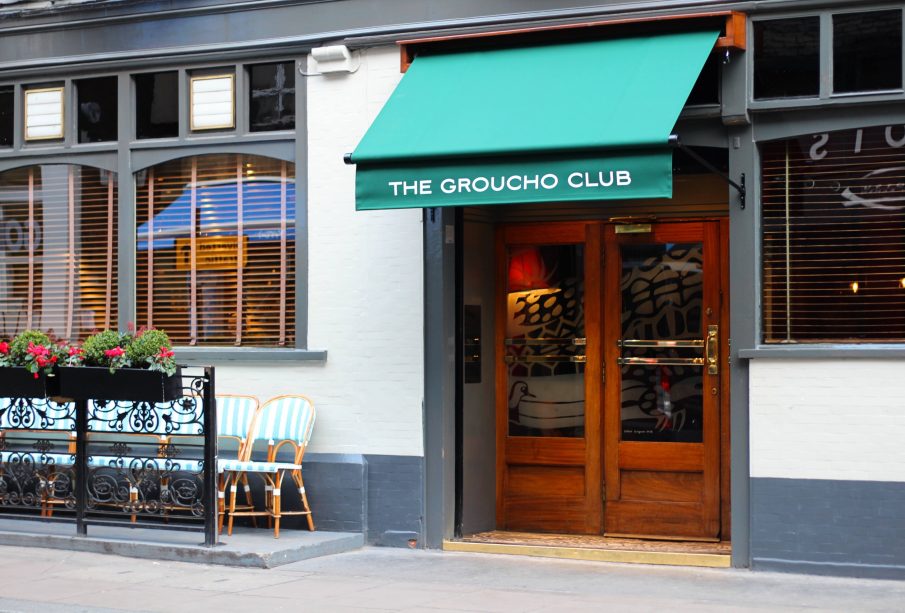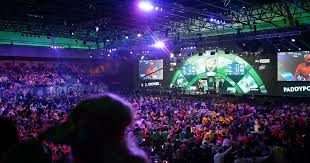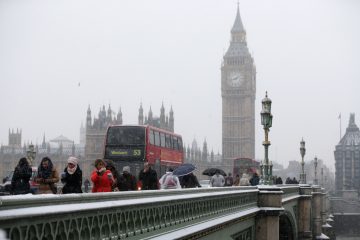The Groucho Club: A Cultural Landmark in London

Introduction
The Groucho Club, located in the heart of London, is famed for its unique blend of artistic history and contemporary elegance. Established in 1985, this private members’ club quickly became a cultural hub for the creative community, including writers, artists, and media professionals. The club is significant not only for its exclusivity but also for its role in fostering creativity and collaboration among its members, making it a noteworthy institution in London’s social landscape.
A Brief History
Named after the legendary comedian Groucho Marx, the club was founded with the vision of providing a space where creative individuals could connect and share ideas. Initially, it focused on the provision of a relaxed atmosphere for the arts community, which has since expanded to include a diverse membership base. Over the years, the Groucho Club has hosted numerous high-profile events, from book launches and art exhibitions to parties celebrating major cultural milestones.
Current Events and Membership
Recently, the Groucho Club has made headlines with its ongoing commitment to inclusivity and diversity. In light of ongoing discussions about representation in creative fields, the club has implemented initiatives designed to attract new, diverse voices while maintaining its established traditions. Membership is highly coveted, and prospective members must navigate a thorough application and nomination process. The club continues to attract notable figures from various sectors, contributing to its status as a hub for thought leadership.
Facilities and Offerings
The Groucho Club provides an array of facilities, including a bar, restaurant, and an extensive library. Members enjoy a range of services, from fine dining experiences to private events and social gatherings. The club’s renowned dining options have recently been revamped, featuring seasonal menus designed by well-respected chefs. Additionally, its living room-style atmosphere allows for casual interactions among members, fostering a rich collaborative environment.
Conclusion
The Groucho Club remains a pivotal part of London’s cultural fabric due to its dedication to nurturing creativity and art. As it continues to evolve with the changing times, the club not only preserves its historical significance but also adapts to reflect contemporary values. For readers interested in the intersection of culture, creativity, and community, the Groucho Club serves as an illustrative case of how private membership clubs can champion artistic expression while building lasting connections.









